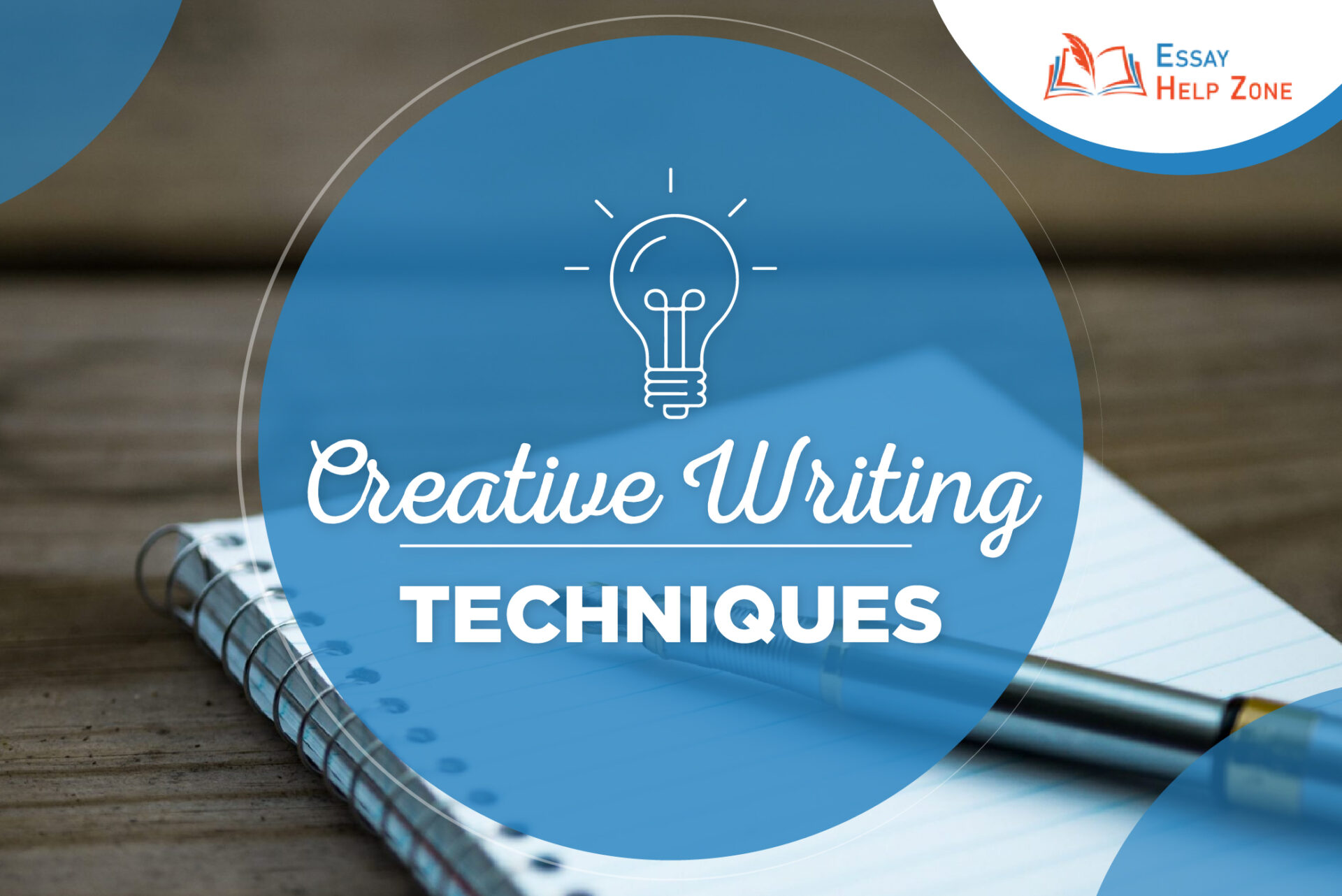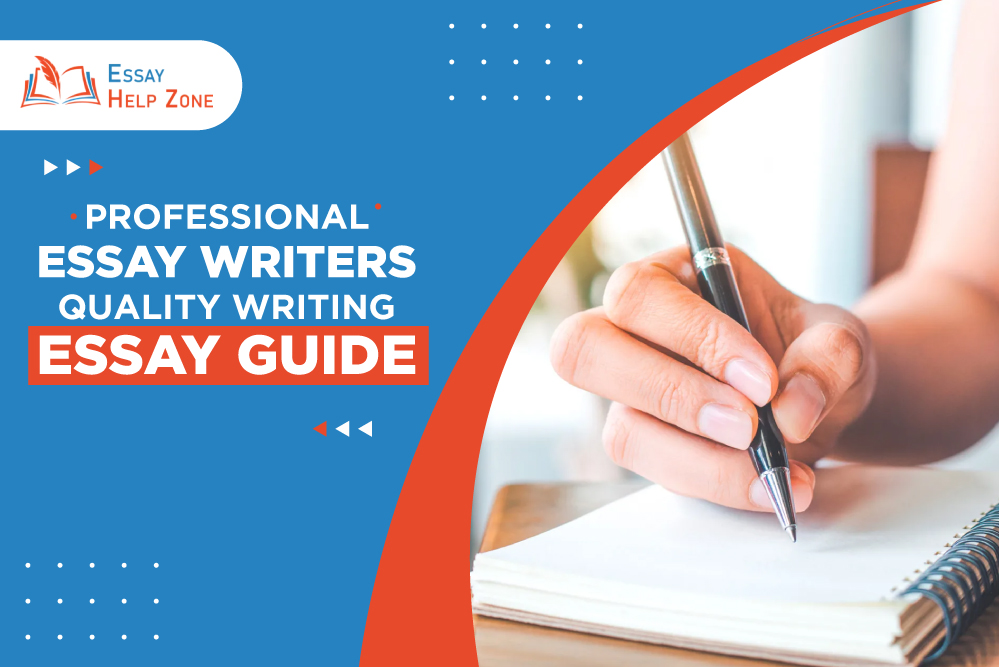Outside the world of hard journalism and business writing lies a whole realm of creative Essay writing. Regardless of whether you are fresh and new to the niche, a professional nonfictional writer hoping to experiment, or a casual creative essay writer struggling to transform into a published writer, sharpening your creative writing skills is critical to your success.
Great writing skills in any aspect of creative writing will take you to amazing heights. You should remember that for your creative writing to receive benefits, it should spellbind the reader. Your words should be painstakingly thought out, and they should have meaning.
A creative writer strives to tell stories in a unique way. However, with all the writing of existing myths, it can be very difficult to hear that your work has a reliable creative compared to the competition. You could be a new writer completing high school art writing courses, an individual with a hobby working at their first novel, or a seasoned professional trying to improve as a writer while avoiding the author’s blog.
Regardless of your experience and background or what type of writing you take on, you can advantage from making space to consider your writing skills and ask in case there are new ways you can improve.
What Is Creative Writing?
You may have heard it called various things. Customarily alluded to as literature, creative writing is a specific niche of sorts – the craft of making things up. It is the writing done in a way that is not technical or academic but rather still attracts a group of people.
It is a type of writing that encompasses various styles and genres outside the more adequate scope of academic writing or technical writing. Creative writing focuses on elements such as narrative, plot, and character development infusing its structure with creative mind and story.
However, the explanation is that they are not the same, artistic writing can often be considered any different writing and self-expression. A news article, for example, cannot be considered an invention because its main purpose is to present facts and not to express the author’s feelings. While the news item may appeal, its main purpose is to present facts.
The Purpose Of Creative Writing
The purpose of creative writing is to both engage and share personal information, such as appreciation or loss. Authors try to discover the truth about humanity by telling stories and poems. If you would like to take a shot at creative writing, just remember that even if you are trying to express an idea or thought, the first step is to use your creativity.
Types Of Creative Writing
Some nonfiction types of writing can also be considered creative writing. personal essays and Memoirs, for instance, can be composed creatively to illuminate your readers about your life expressively. These types are written in first person; it is easier for them to be creative. However, the major creative writing types include:
- Speeches
- Plays
- Personal Essays
- Songs
- Scripts
- Poetry
- Fiction
- Memoirs
- Drama Writing
Techniques To Hone Creative Writing Skills
Creative writing techniques are difficult to nail down, as writers are so unique. Yet, which are useful to the newbie? From bloggers to novelists to creative and essay writers, we as a whole need to find ways to creatively upgrade our writing process. No two writers work precisely similar, the following are 12 viable tips and techniques that may ignite the creative thinking in most authors:
- Have A Broad Understanding Of The Subject
Writing creatively requires a focused methodology and expansive understanding of the subject to make a bigger picture for the reader to visualize. You should spend time researching and directing informational interviews to acquire this information about the subject. The more information that you have, the more you can pass on to the reader through your writing. Oftentimes, writers miss out on showcasing the bigger picture.
- Think Through Reader’s Mindset
Chances are your professor will have a lot to read – so keep them hooked.
With creative writing, as with any sort of writing, your reader is your most significant consideration. You want to know and understand whom you are writing for in case you’re to work effectively of keeping them interested. Assuming you need to do good work at keeping them interested, you should know and understand what you work on. Briefly, we should ponder the type of person you compose for when you compose an essay and what you wanted to do to compose specifically for them.
- Do Something Different
Never be scared of accomplishing something unique or one of a kind that will carry your writing to a totally different domain that might be out of the box. Oftentimes, this can advance into something that is diverse yet astonishing—something that readers will appreciate.
How might you accomplish this? Think contrastingly and put yourself in situations that are inspiring or unwinding. Sometimes, having no rules is the best way of arriving at your maximum capacity with regard to creative writing.
- Three-Act Structure
You must be thinking about how to do creative writing and how to write my essay? A three-act structure will cover your answer.
The three-act structure is a device of writing used extensively in modern writing, including for dramas and films. These ‘acts’ are not as different as acts in a play, as the transaction of one act to the other is smooth enough that the crowd would not understand that one of the acts is completed and the other one has started. The structure implies a plotline that looks something like this:
Set-up – establishes the characters, how they identify with one another, and the world they occupy. Within this first act, an inciting incident takes place including the main person. They attempt to manage it, however, this results in a turning point that is in another dramatic event. This builds the scene for the rest of the story.
Confrontation – the defining moment in the previous act becomes the focal issue, which the main character strives to resolve – usually with a lot of hurdles on their way that obstruct their efforts. The focal person – with the assistance of supporting characters – undergoes an excursion and develops their insight, skills, or character to a sufficient degree to have the option to beat the issue.
Resolution – the climax of the story, where the dramatization reaches a pinnacle, the issue is resolved, and loose ends are tied.
- Outlines Are Helpful
A significant challenger, for the most accomplished writers, is the blank screen. Work on an outline of what you intend to compose before sitting to write down the paper. This will be your outline to help you with the struggle, and it will assist you with facing the conflict. Not many writers compose anything without a solid outline as a primary concern.
An outline should be simple and easy. A decent outline of the number of sections, alongside a couple of sentences regarding what each section contains, should show up in a specific request might be sufficient. If the subject you are handling is somewhat more perplexing, your outline might be like one too, yet before you compose, having an outline resembles having a guide in your vehicle’s toolbox before kick-starting the journey. Allude to your outline and return to crushing heads and taking names if you will in general feel confused.
- Add Interesting Details About The Location And Setting
Rejuvenate your creative writing piece—in a real sense. Using specific details location and setting, readers will travel into your piece. Writing can be dry whenever focused distinctly on the hard facts, however, can turn out to be increasingly interesting when enhanced with details about a location and setting. Indeed, even the smallest details can demonstrate to have a significant effect on creative writing.
- Play Around With Emotions
Make a list of your life of the best five fears. Build a character who is headed to confront one of those fears. At the point when you read about a calamitous or happy part of your life, compose an entire page specifying the feelings. Attempt to shorten the page into a search word. Imagine the moment when you feel disappointed and guilty in your life! In a similar case, compose a character now and endeavor to make it seriously uneasy.
- Extended Metaphors
This is the point at which the writer uses an analogy to clarify an intricate idea so that the readers can comprehend it in the best possible way. New concepts can be clarified in a way that is natural and can be imagined.
- Build Conflict Or Tension
Struggle and tension are made amongst the characters and can be external as well as internal. You should adjust these opposite forces to keep the reader engaged in your piece and curious to see how it will be solved. There are a lot of subjects for struggle and conflict which incorporate, however, are not restricted to progression, high stakes, surprise, mystery, universality, empowerment, empathy, causality, and insight.
- Jump Around
Essay writing can be like the art of dancing. There is no reason to sit in a spot and work from the scratch. Give yourself the opportunity to compose, instead of making a straightforward and single point. Then, at that point, when you alter, you can ensure everything lines up effectively.
- Use Meaningful Dialogues
Significant dialogues will demonstrate the feeling of the character or what they really mean by the thing they are saying. Maybe then just including the words that are being spoken, incorporate a couple of details about the character that will spark a picture in the mind of the reader concerning how the character is feeling. Most individuals realize how to compose a creative essay, however, having effective dialogues transforms it into a masterpiece.
- Editing
Editing is a tiring yet effective creative writing skill to master for unpracticed writers, so they place tremendous significance on the efforts and time they put into writing initially. A great deal of writing, however, is simply rewriting.
Forms Of Creative Writing
There are a number of forms in creative writing and is broadly accessible to a wide range of writers. Some writers fiddle with creative writing all through high school, while others get enrolled into creative writing programs to acquire certifications. Some do it for entertainment only, while others dream to become the New York Times bestseller. Regardless of the reason, there are numerous avenues you can touch with regard to writing creatively.
Creative Nonfiction Writing
This kind incorporates diverse literary styles and creative writing techniques to deliver the best non-fiction experience to the audience. Creative non-fiction works, similar to personal essays and memoirs, use more emotions and will in general emphasize story and tone over more customary subgenres of nonfiction.
Playwriting
Playwriting is a type of creative writing that is intended to be performed live in front of the audience. Plays can be one act long or several—yet because of limitations on effects, space, and live competencies, plays need to use imagination to appropriately tell an immersive and complete story.
Fiction Writing
There are numerous genres and subgenres, both short story and novel writing include a wide range of styles, topics, and details by authors to assemble worlds that feel like reality. Fiction writing can give a writer a lot of time to create a unique story populated with characters who are appealing, fictional, and three-dimensional.
Screenwriting
Screenwriting builds a narrative into its activity and dialogue text, setting up scenes and frequently following a three-act structure to depict a story. Generally, scripts were composed exclusively for either films or television shows, however, the start of new innovation and evolving technology has made it possible for an assortment of formats to exist.
Poetry Writing
Poetry is cadenced prose that expresses ideas fused with music. It may be performed or composed. It can be short or contain different verses. It can have no rhyme scheme or an unpredictable and dull one. Poetry, such as songwriting, is a versatile writing structure that allows the writer to use rhythm and meter to improve their expressiveness.




